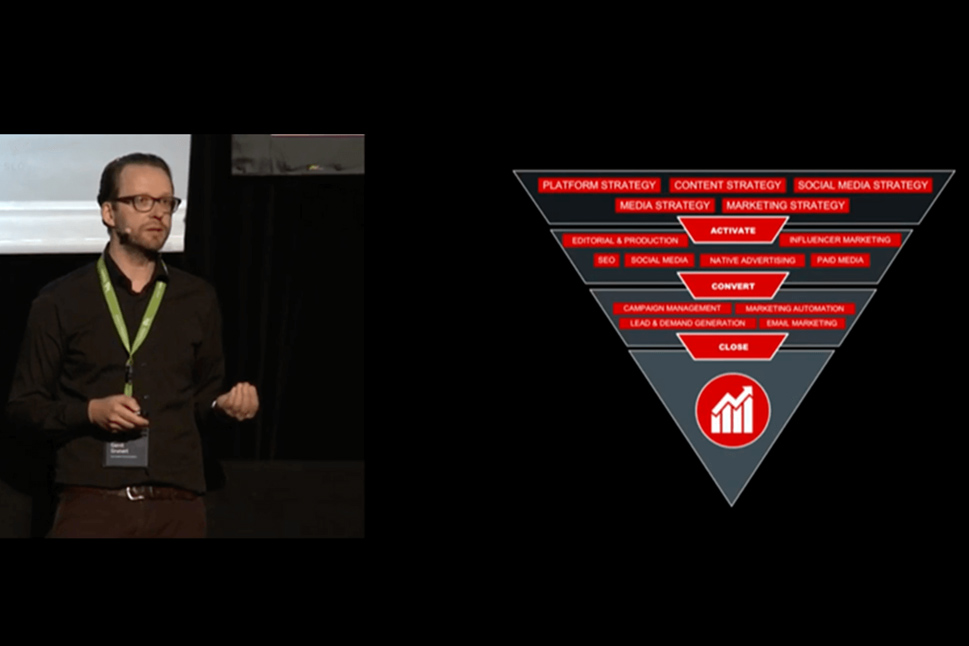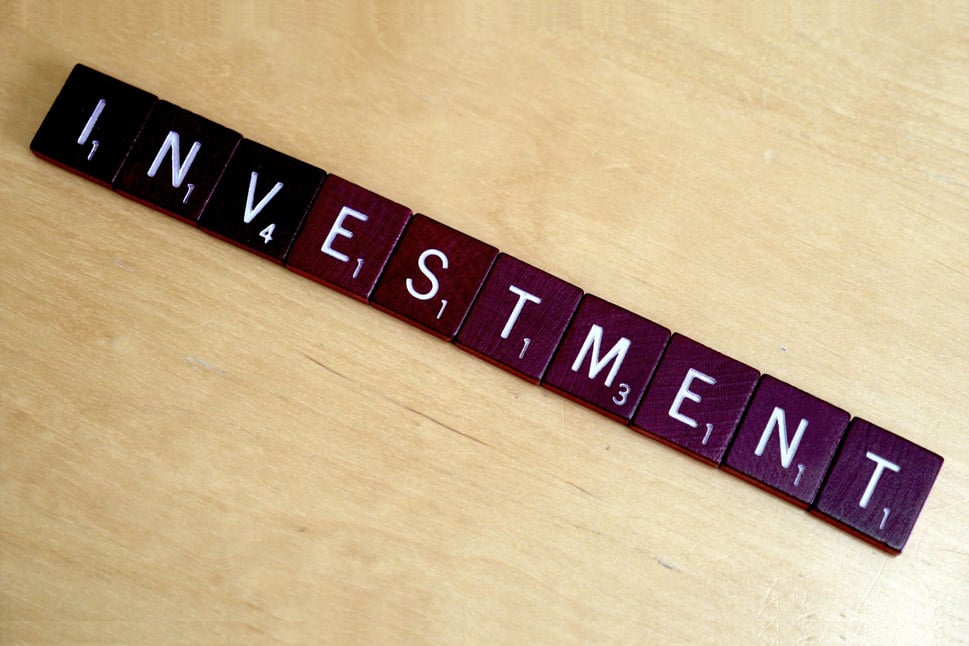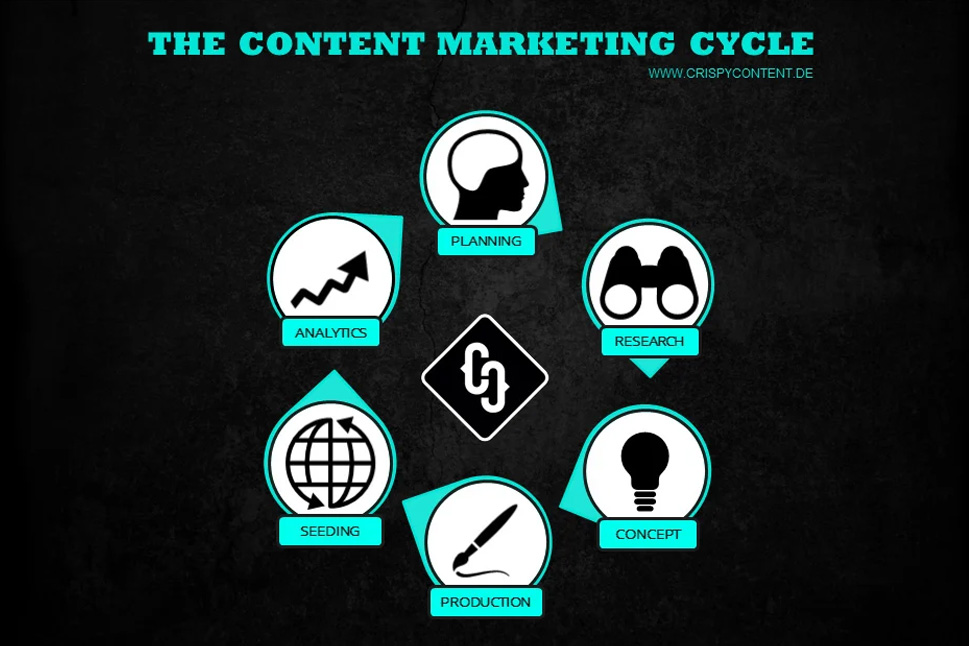Modular Content – Boosting Marketing Efficiency
Last updated on July 2, 2025 at 11:00 AM.In many companies, content is still treated as a one-time product: created once, published once, then archived. This leads to enormous resource costs that are rarely justified. Especially in the B2B sector, where budgets are limited and every euro must be spent wisely, this approach is outdated. Strategic repurposing and systematic planning of communication assets are no longer optional. By viewing content as a flexible asset for different channels from the start, companies lay the foundation for efficient communication that can quickly adapt to changing market conditions. This is especially important for marketing leads in international SMEs and corporations who frequently face budget cuts and high quality expectations.
B2B Marketing: From Single-Use to Reusable Strategies
The traditional approach to content creation typically follows this sequence: a topic is researched, processed, and published as a whitepaper, blog post, or newsletter. Afterwards, it often disappears into digital archives. The result: recurring topics are repeatedly redeveloped. This costs time, strains budgets, and increases coordination efforts between departments, agencies, and external service providers.
The industry has realized that this model is no longer viable. Companies need sustainable solutions that allow content to be reused in various formats. The challenge lies in creating structures and processes that embed reuse from the outset — without compromising consistency and brand identity.
Increased Efficiency Through Systematic Topic Planning
Many companies face the challenge of maintaining consistent, high-quality communication despite tight budgets. This is where modular topic planning comes into play. From the very beginning, content is structured so that it can be transformed into various formats across multiple channels. For instance, a whitepaper can serve as the foundation for several blog posts, social media teasers, and infographics. This significantly reduces the number of new productions and eases the workload on teams.
By closely linking content modules, a dynamic content ecosystem emerges — one that can flexibly respond to changing audience needs. This is particularly beneficial in international settings where content must be localized for different markets and languages.
Practical Example: One Topic, Multiple Assets
A frequently cited example is the development of a comprehensive expert article that forms the base for various other communication assets. A blog post might serve as the nucleus of a whitepaper, whose key messages are then turned into social media snippets or infographics. Even internal newsletters and presentations can draw value from modular content blocks.
This approach creates synergies between channels and ensures that key messages are reinforced across multiple touchpoints. At the same time, coordination efforts are reduced, as all content is based on a unified thematic core.
Challenges in International Organizations: Consistency and Quality
Implementing modular content structures does come with its own challenges. The key question: how can consistency be maintained when content is reused in different formats? This is particularly crucial for international companies aiming for unified brand messaging across all platforms.
Standardized processes and clear guidelines for content repurposing are essential here. Regular quality checks and reviews ensure that individual modules don’t lose impact or coherence. Tight collaboration between marketing, departments, and external partners is also vital.
Resource Planning: Reducing Pressure on Marketing Teams
One of the major benefits of modular content strategies is improved resource planning. Reusing content helps smooth production peaks. Teams can focus on creating new topics while proven content is refreshed and republished strategically.
The result: fewer overtime hours, lower external costs, and a more balanced workload for the marketing department. Especially during periods of budget cuts and rising communication demands, this relief is key to long-term success.
B2B Content Quality Management: Setting Standards
Another essential factor is quality management. Frequent reuse carries the risk of content losing relevance or precision. Clearly defined processes for reviewing and updating modules can mitigate this. This ensures communication remains high-quality, even at a high output frequency.
In B2B, where complex products and services must be clearly communicated, this level of care is crucial. Standards for length, tone, and information density make the work easier and ensure all content meets audience expectations.
First Steps Toward a Sustainable Communication Strategy
Companies aiming for a sustainable content strategy should start with a comprehensive audit. Which topics can be modularized? Where is there potential for reuse? The next step is to define clear processes and responsibilities. Developing a modular editorial calendar and introducing quality standards are key.
Building an internal knowledge base can make it easier to identify and repurpose existing assets. Involving all stakeholders — from leadership to subject matter experts — ensures broad acceptance and smooth execution.
Innovative Approaches for Advanced Marketing Teams
Beyond traditional project management tools, specialized content management systems offer options to centrally store, manage, and distribute content blocks. Automated approval workflows, version control, and analytics functions help monitor usage and success.
Forward-thinking companies also rely on data-driven analysis to identify which topics and formats perform best. This allows for more targeted production planning and better resource allocation.
Your Guide to Sustainable Corporate Communication
By treating content as a valuable resource and thinking modularly from the outset, companies can lay the groundwork for sustainable communication. While the shift requires some effort, it quickly pays off through cost savings, improved quality, and greater flexibility. A practical guide with clear processes, examples, and checklists supports the first steps and helps avoid common pitfalls.
With a clear strategy and modern tools, companies can unlock the full potential of their content and ensure strong brand communication — even under challenging conditions.
Creative, smart and talkative. Analytical, tech-savvy and hands-on. These are the ingredients for a content marketer at Crispy Content® - whether he or she is a content strategist, content creator, SEO expert, performance marketer or topic expert. Our content marketers are "T-Shaped Marketers". They have a broad range of knowledge paired with in-depth knowledge and skills in a single area.








.png)











.jpg)

-1.jpg)

-1.jpg)
.jpg)



.jpg)













.jpg)







.jpg)

































.jpg)












































